Neuroscience

Neurotransmitter receptors function via various G-protein coupled and G-protein independent mechanisms that activate downstream intracellular signaling pathways such as cAMP/PKA, PI3K/AKT, phospholipase A2, and phospholipase C pathways. For instance, dopamine receptors act through adenylate cyclase to activate PKA and other signaling molecules, thereby mediate gene expression through the actions of CREB and other transcription factors. Other neurotransmitters such as NMDAR or AMPAR are associated with ion channels that control flux of Ca2+ and Na+, thus propagating the action potential across the post-synaptic neuron.
Dysfunctions in GABAergic/glutamatergic/serotonergic/dopaminergic pathways result in a broad range of neurological disorders such as chronic pain, neurodegenerative diseases, and insomnia, as well as mental disorders including schizophrenia, bipolar disorder, depression, and addiction.
-
 B2230 Trazodone HClSummary: 5-HT receptor antagonist
B2230 Trazodone HClSummary: 5-HT receptor antagonist -
 B6786 SC 560Summary: COX-1-selective inhibitor
B6786 SC 560Summary: COX-1-selective inhibitor -
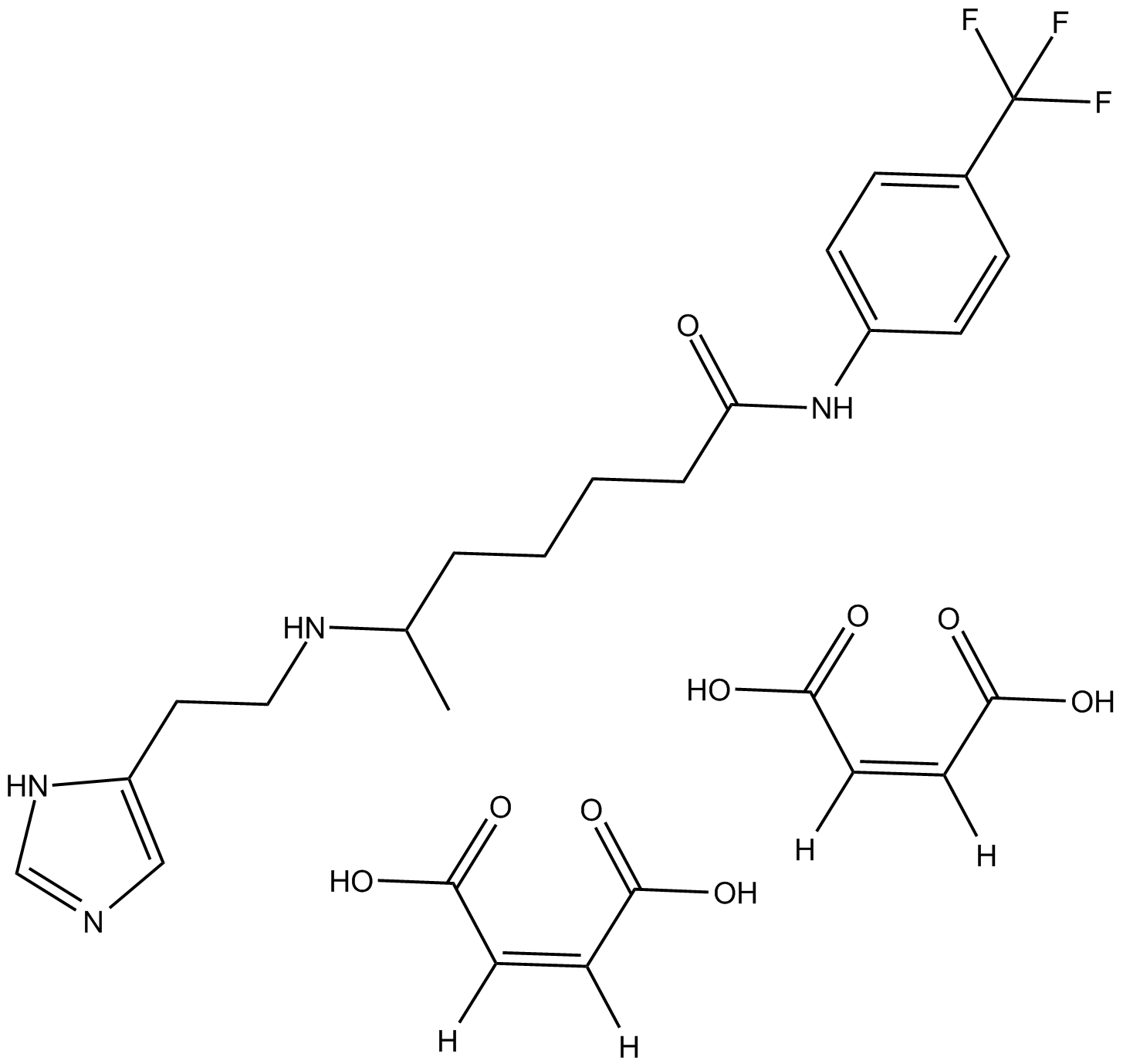 B6392 HTMT dimaleateSummary: H1 and H2 receptor agonist
B6392 HTMT dimaleateSummary: H1 and H2 receptor agonist -
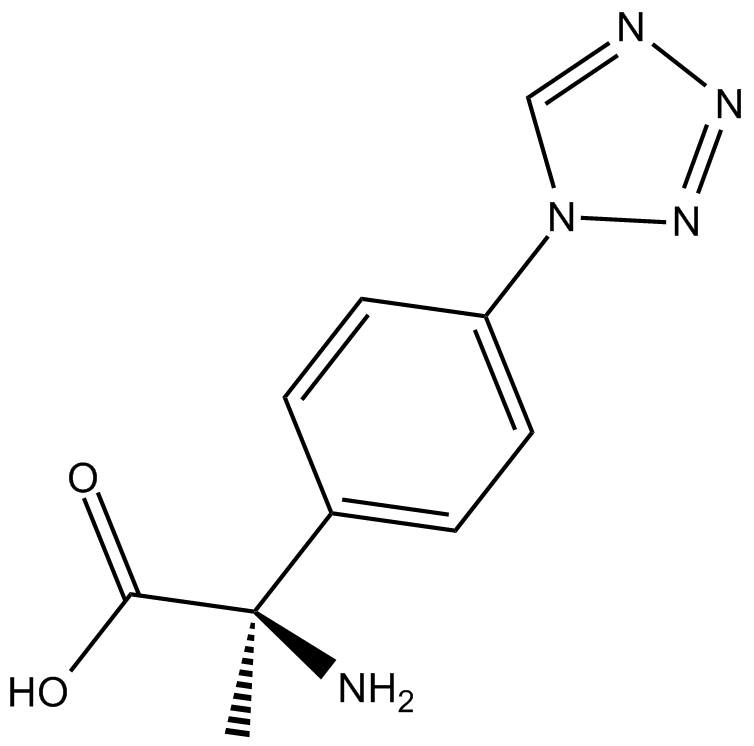 B6477 MTPGSummary: Group II/group III metabotropic glutamate receptor antagonist
B6477 MTPGSummary: Group II/group III metabotropic glutamate receptor antagonist -
 B6544 L-741,626Summary: D2 dopamine receptor selective antagonist
B6544 L-741,626Summary: D2 dopamine receptor selective antagonist -
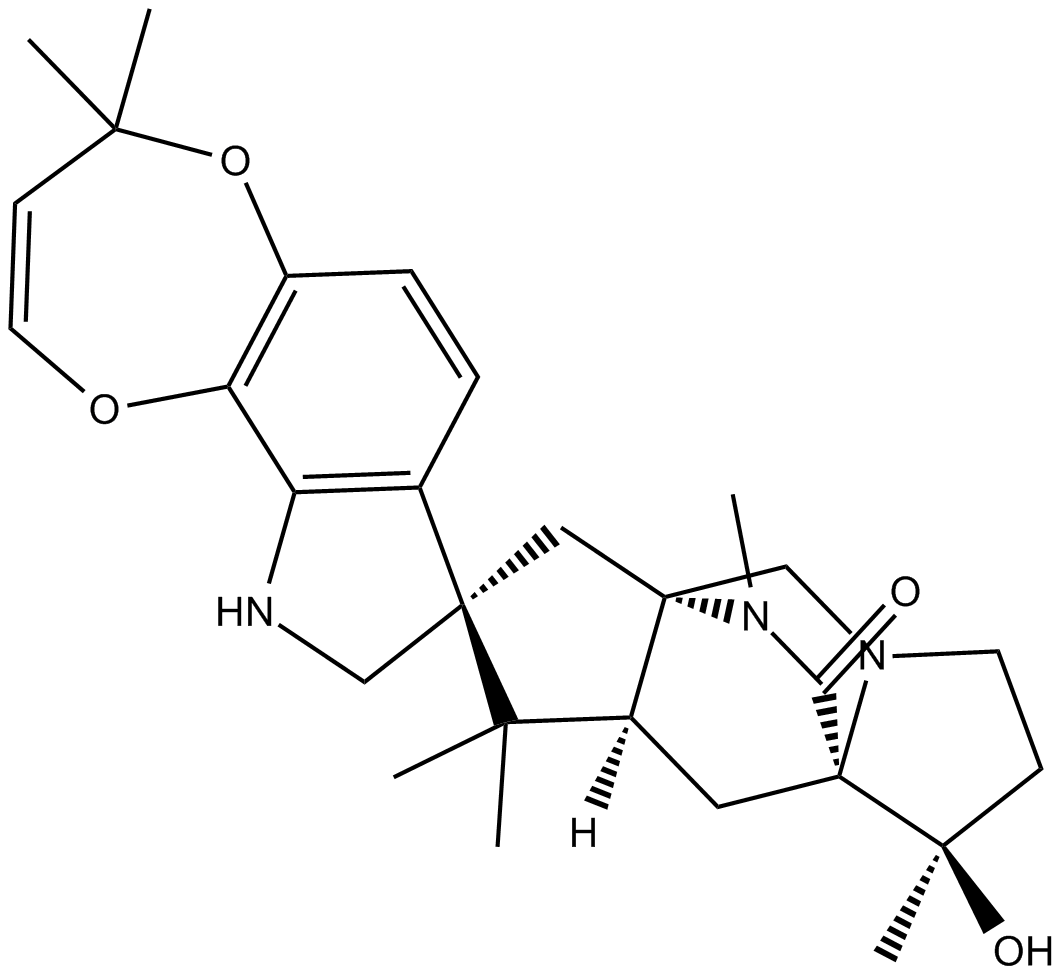 C4619 DerquantelSummary: nicotinic acetylcholine receptor antagonist
C4619 DerquantelSummary: nicotinic acetylcholine receptor antagonist -
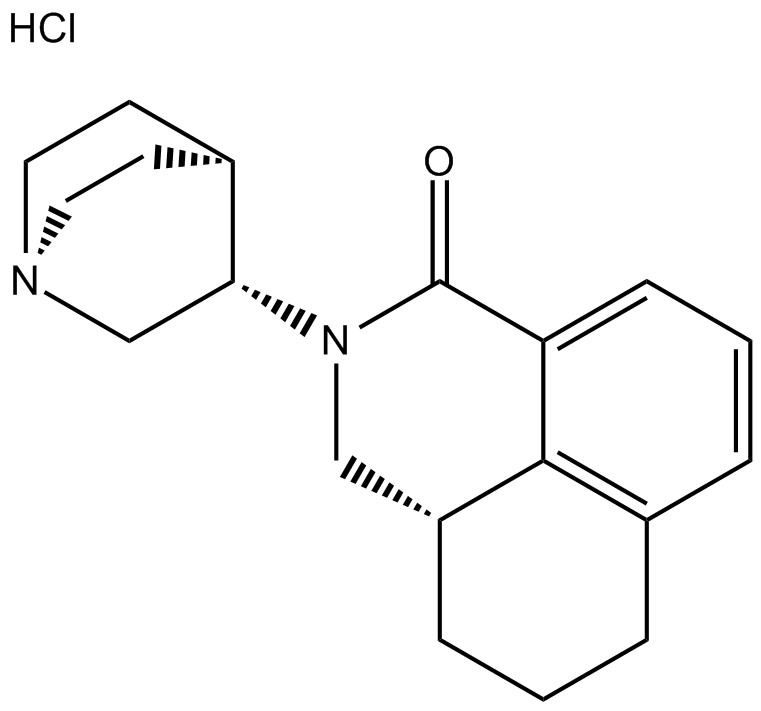 B2229 Palonosetron HClSummary: 5-HT receptor antagonist
B2229 Palonosetron HClSummary: 5-HT receptor antagonist -
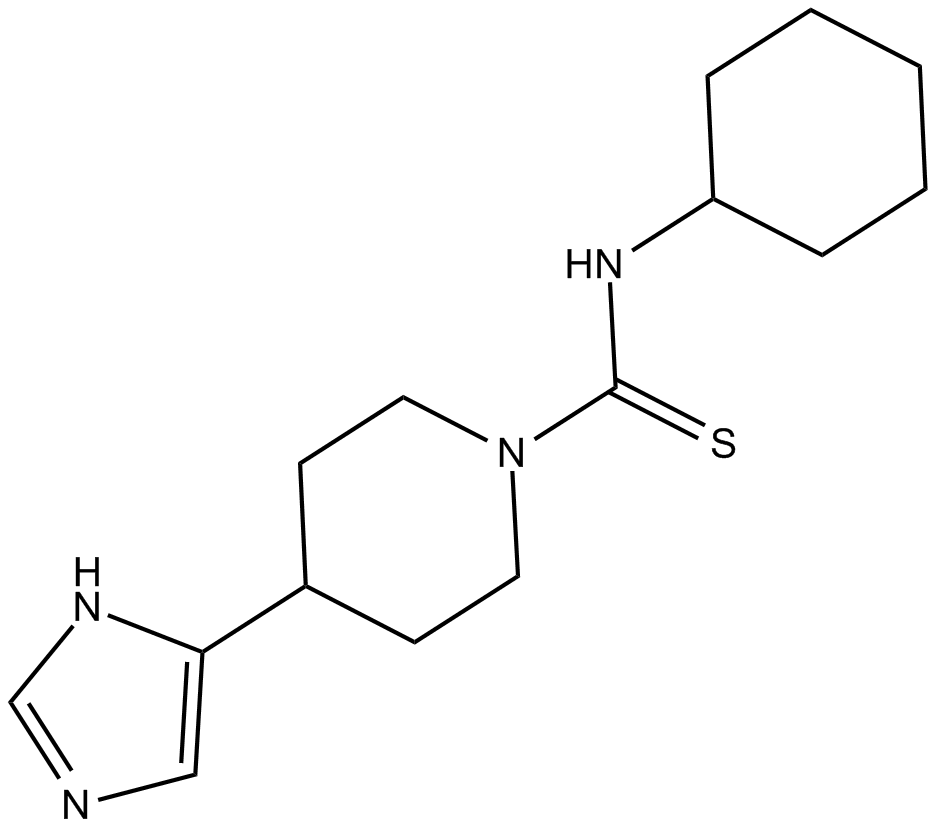 B6390 ThioperamideSummary: histamine H3 and H4 antagonist/inverse agonist
B6390 ThioperamideSummary: histamine H3 and H4 antagonist/inverse agonist -
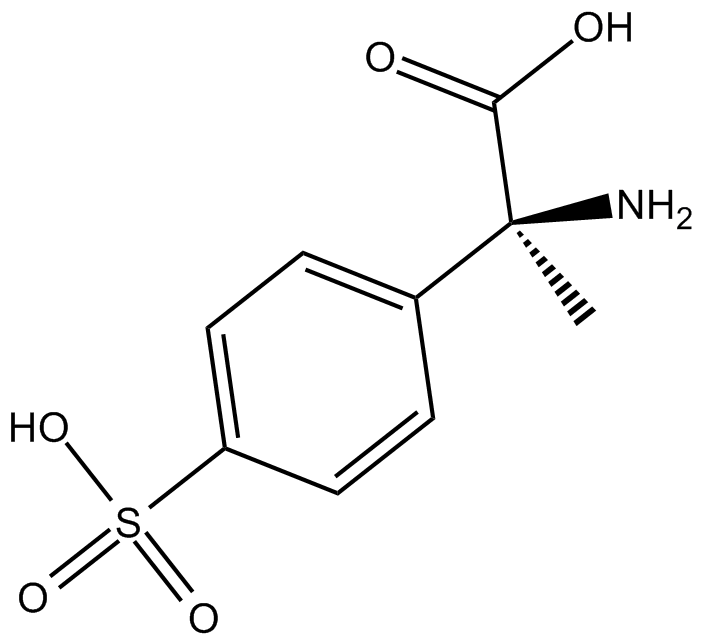 B6476 MSPGSummary: mGlu receptor antagonist
B6476 MSPGSummary: mGlu receptor antagonist -
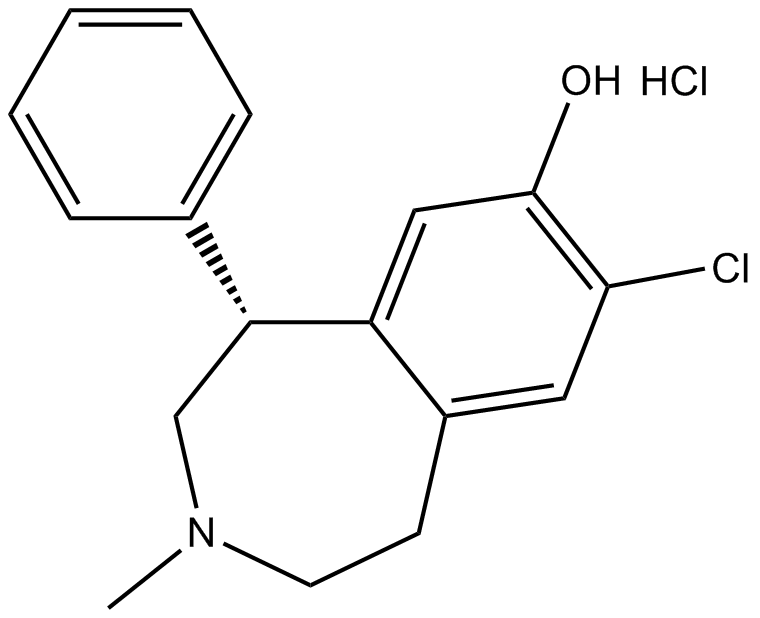 B6506 SCH 23390 hydrochlorideTarget: dopamine receptor|5-HT1 Receptor|5-HT2 ReceptorSummary: dopamine receptor antagonist
B6506 SCH 23390 hydrochlorideTarget: dopamine receptor|5-HT1 Receptor|5-HT2 ReceptorSummary: dopamine receptor antagonist

